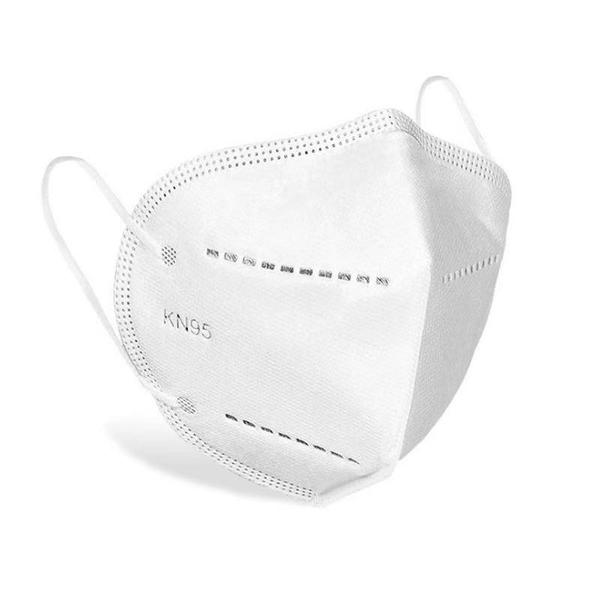The American National Standards Institute (ANSI) and European Union (EU) have different standards for testing and rating impact gloves. The United States uses the ANSI/ISEA 138 standard while Europe uses the EN standard. Over the past few years, updates to both ANSI and EN388 testing methods have significantly improved the way impact gloves are tested and rated. This updated testing helps confirm that the claims made by impact glove manufacturers are accurate and also allows consumers to make educated decisions when purchasing impact gloves.
Related: Watch the recent webinar our organization hosted with Bob Dale Gloves on the topic of ANSI/ISEA 138 here.
According to EN388, attributes such as abrasion resistance, cut resistance, tear resistance, puncture resistance and impact protection of gloves are tested and rated. The performance ratings for each test are represented by four numbers and two letters under the EN388 symbol.
The EN 388 impact test is based on the same principles as the EN13594:2015 standard for protective gloves for motorcycle riders. This test is optional and only applies to gloves claiming impact protection. It should only be included for heavy duty gloves that claim specific impact resistant properties.
The EN 388 impact standard was created because all gloves with thermal plastic rubber (TPR) on the back of the hand were viewed equally, when in actuality one glove could provide you with far better protection than another. Having a singular impact standard for back-of-hand protection helps educate customers regarding which impact gloves are best suited for their workplace.
Impact-related injuries can be anything from a bruise to the knuckles, to pinching of fingers between two pieces of equipment, to a severe bone fracture, and anything in between. According to an article in the June 2018 issue of Occupational Health & Safety, the oil and gas sector collected data from the International Association of Drilling Contractors. The data showed that finger injuries accounted for one-third of all injuries and almost 20% of lost-time injuries.
The bones and tissues in the back of the hand are all vulnerable to impact injuries. In industries such as construction, mining, manufacturing, offshore oil and gas, warehousing and transport care should be taken to protect the hands during work.
EN 388 helps classify levels of impact protection and provides industries with the opportunity to select impact gloves best suited for the work needs and to reduce dorsal injuries.
BDG® Cut-X5™ HPPE Nitrile Coated Gloves
These impact gloves feature a nitrile palm coating with textured finish to add a little friction and stick to your grip, even in slippery conditions. ThermoPlastic Rubber (TPR) on the back of the hand dampens impact to the knuckles and fingers. The 13-gauge high-performance polyethylene (HPPE) shell is designed to offer both flexibility and a high cut level.
BDG® Cut-X™ Goatskin Drivers Gloves
Grain goatskin leather is soft and abrasion resistant, making it highly recommended for applications requiring tactile sensitivity. ThermoPlastic Rubber (TPR) on the back of the hand dampens impact to the knuckles and fingers. Gloves are further strengthened by the cut-resistant lining and reinforced thumb saddle.
BDG® X-Site™ Synthetic Leather Performance Gloves
These synthetic leather performance impact gloves have an Aramid liner and ThermoPlastic Rubber (TPR) backing to provide superior cut and impact protection. Silicone grip gives better performance in wet and oily conditions. These gloves are touchscreen friendly and feature a spandex backing.
Hazmasters and Bob Dale Gloves are proud to partner together to bring you a comprehensive line of work gloves for all performance levels. You can order from our complete supply of Bob Dale impact gloves at Hazmasters.com.


| Call Us : Sales & Service: (877) 747-7117 Corporate: (800) 434-7065 |